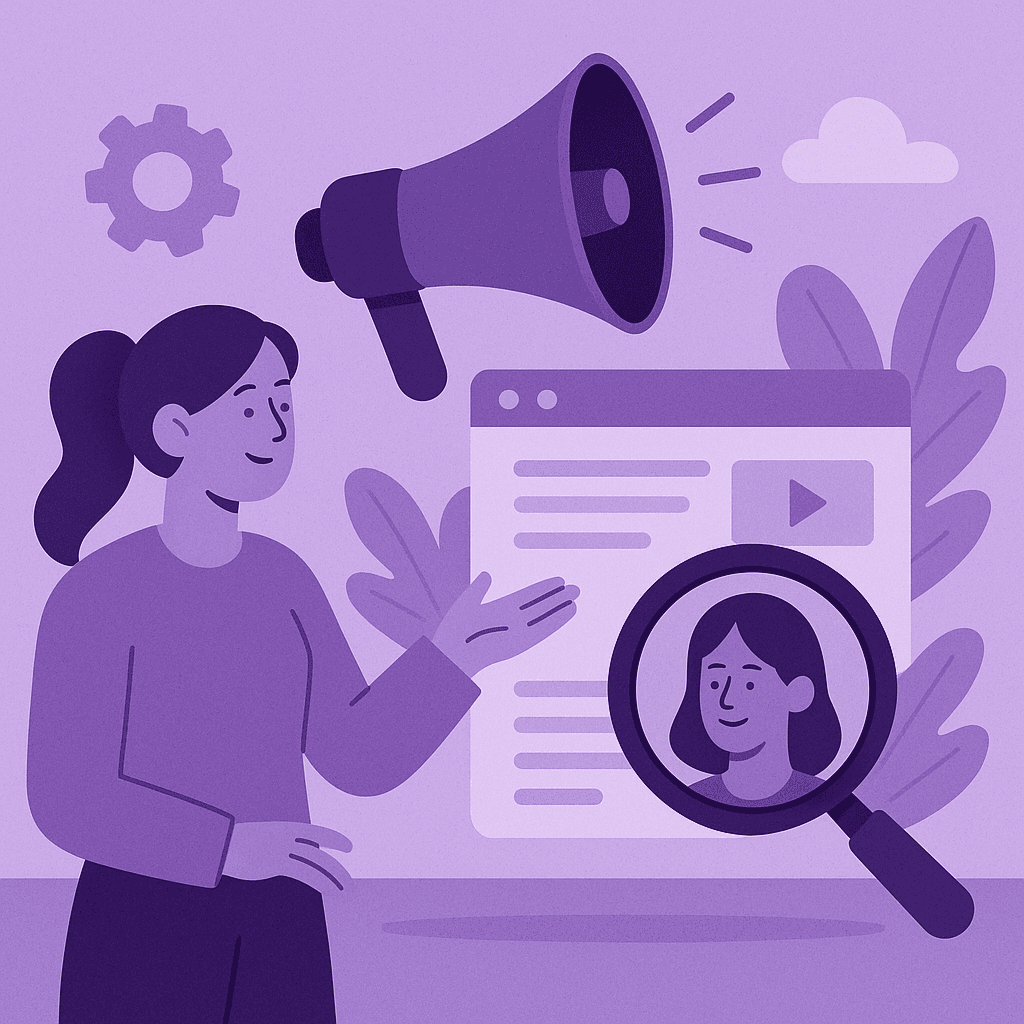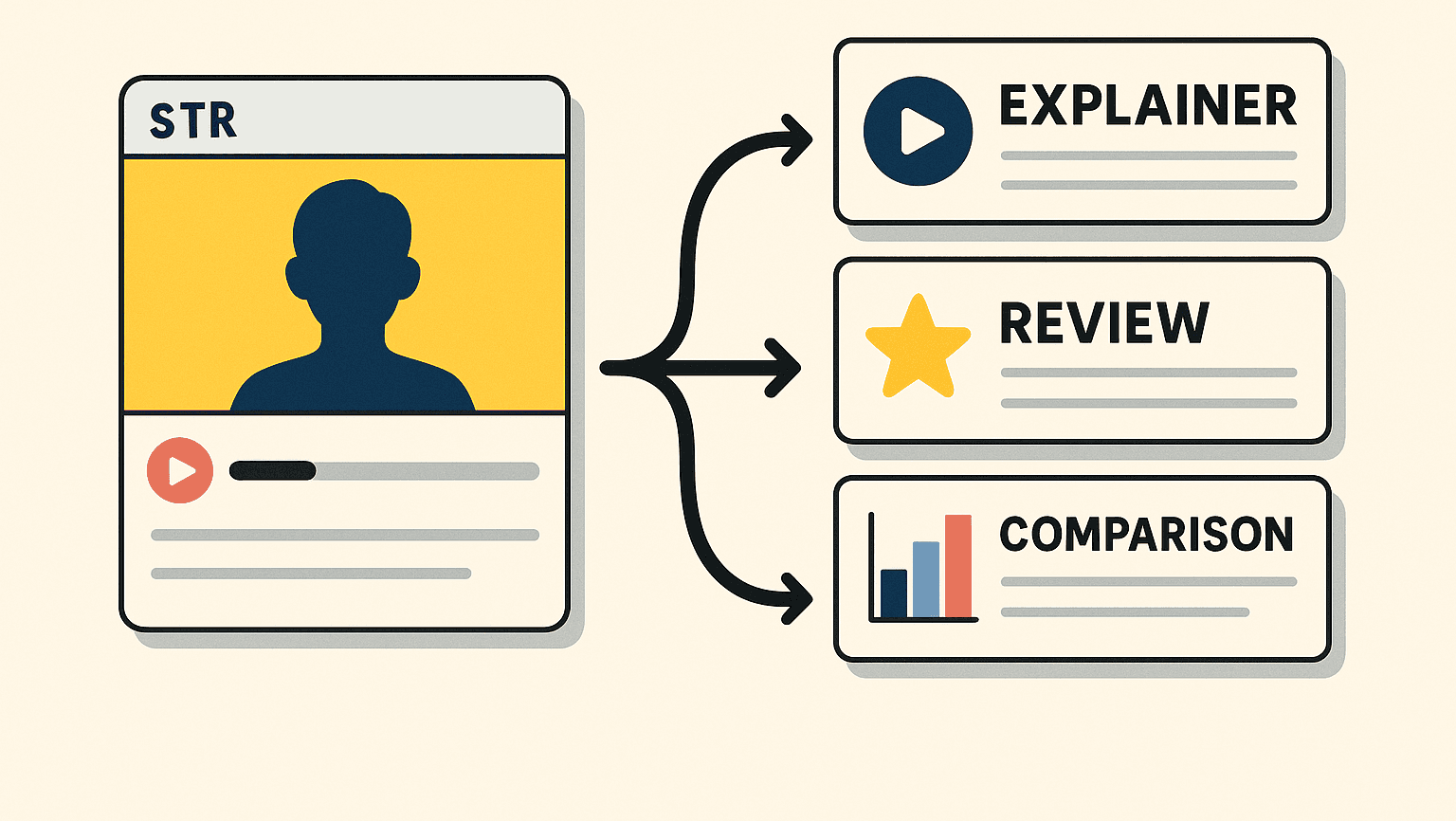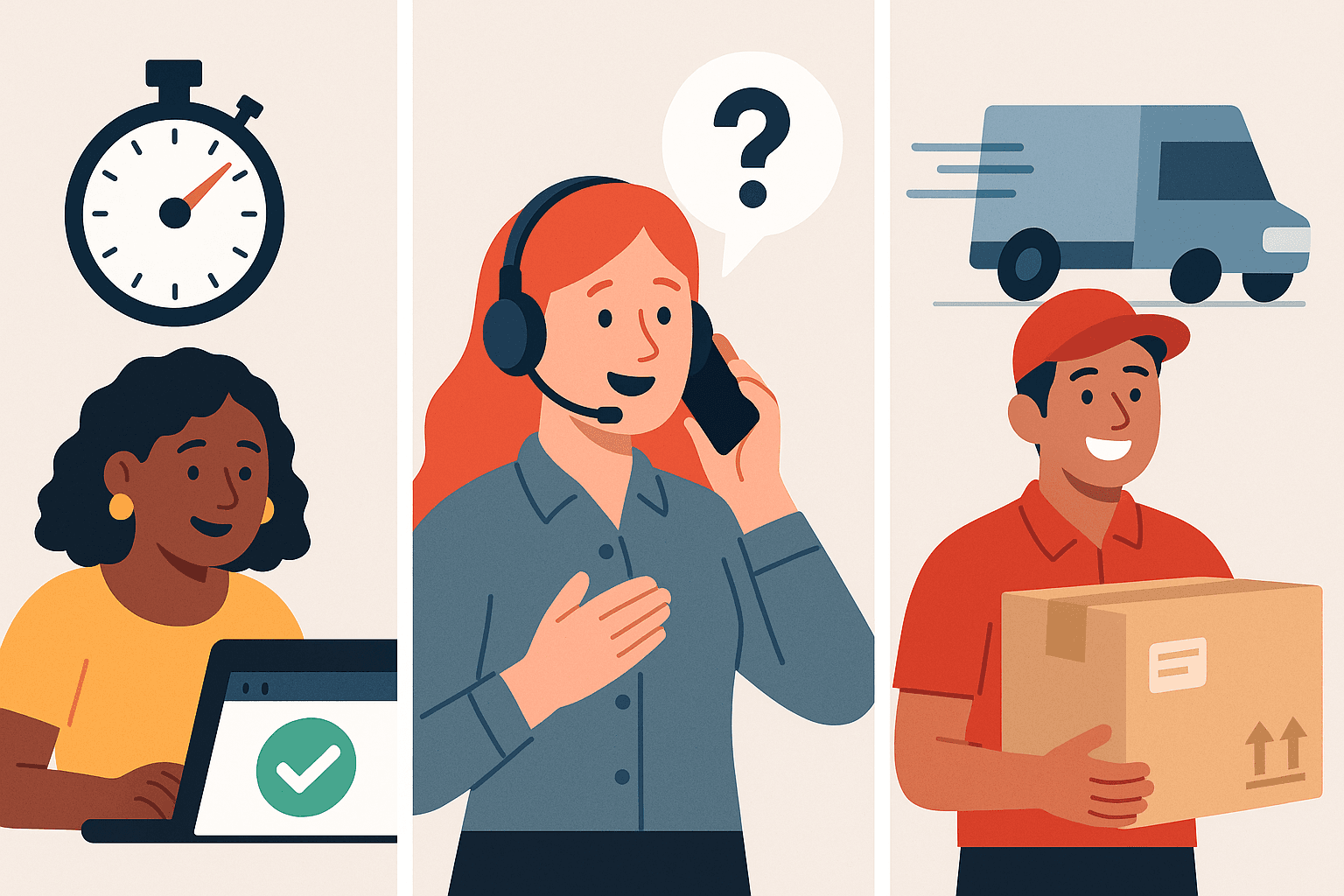Personas Are Cute. Jobs-to-Be-Done Sells.

TL;DR
- People hire products for progress. Find the job, not the persona; then design to remove friction. Faster feedback loops increase perceived reliability, especially on mobile.
- Triggers and anxieties drive decisions. Map moments and address the real objection.
- Better fit beats broader reach. Focused offers convert more than generic ones.
Why This Matters Now
Personas look great in decks but fail in real life. You can’t optimize conversion on “Sophie, 29, dog mom, drinks matcha.” Sophie isn’t buying your product—someone with a problem is.
In markets overflowing with similar products, the winners don’t just target—they understand progress. They figure out why someone’s stuck and design the smoothest on-ramp to “done.” That’s the essence of Jobs-to-Be-Done (JTBD).
While most marketers obsess over who people are, JTBD focuses on what they’re trying to do. It’s segmentation by motivation and moment—not gender, income, or Myers–Briggs type. (Sorry, INTJ squad.)
And here’s the kicker: brands that organize around “jobs” don’t just convert better—they spend less. When you know the task someone’s hiring your product for, your creative, UX, and even your media plan start working together instead of fighting over attribution.
What to Do This Month
-
Run 8–12 qualitative interviews to uncover jobs, triggers, and anxieties.
Skip the generic survey questions (“How satisfied are you with your current solution?”). Instead, dig into:- What was going on in your life when you started looking for this?
- What nearly stopped you from buying?
- What did you hope this would help you achieve?
You’ll start seeing repeating patterns—situations, motivations, and desired outcomes that cluster into 3–5 main jobs.
-
Map your jobs-to-be-done framework.
Every “job” has three parts:- Trigger: what kicked off the search for progress.
- Anxiety: what made them hesitate.
- Desired outcome: what “done” looks like.
For example: - Trigger: “My skin keeps breaking out after long flights.”
- Anxiety: “Most products make it worse or are too harsh.”
- Outcome: “I just want something I can use confidently while traveling.”
That’s a job—not a persona.
-
Prototype offers that resolve top anxieties.
Most friction in the customer journey isn’t about price—it’s about trust. Design landing pages, ad creatives, and trial offers that specifically address these anxieties.- Include “proof” modules (reviews, guarantees, before/after visuals).
- Simplify the promise.
- Make the next step obvious.
(For an example of how proof builds confidence, see our post on Stop Chasing Discounts: Win Holidays with Price, Proof & Convenience.)
-
Route traffic based on job signals.
Behavioral clues—like search intent, watched videos, or on-site navigation—reveal which job people are trying to do.- Someone reading “how to simplify invoicing” content? They’re not price-sensitive—they’re overwhelmed.
- Someone filtering by “lowest cost”? They’re solving a different job: affordability, not efficiency.
Adjust your ad messaging, creative hooks, and landing page headlines to match the job being done, not the person imagined.
-
Measure conversion uplift by job fit.
Instead of slicing results by demographics or channel, group them by “job cluster.” You’ll often discover that your “smallest” audience—say, people trying to solve one specific workflow—has your highest ROI. That’s your growth wedge.
Evidence & Caveats
Research from Bain & Company and Clay Christensen’s original JTBD framework shows that companies structured around jobs-to-be-done outperform those using traditional personas in both retention and repeat purchase.
When you stop chasing broad demographic reach and instead build clarity around intent and outcome, you reduce wasted impressions and increase trust faster.
The caveat: JTBD isn’t a magic switch. It takes effort to interpret messy human stories into actionable clusters. But once you do, your creative, UX, and even your email sequences start singing from the same sheet.
Think of JTBD as the bridge between research and revenue. Personas talk about customers; jobs show you what customers actually do.
FAQs & Objections
“Is JTBD just messaging with extra steps?”
Nope. Messaging is the output—JTBD is the input. It reshapes product, UX, and even how you prioritize campaigns. For instance, you might discover that half your conversions come from users solving a different problem than your original hypothesis. That’s not copywriting; that’s insight.
“How is this different from psychographics?”
Psychographics still describe people by traits (“motivated,” “status-conscious,” etc.). JTBD ignores identity and focuses on context—what’s happening, why now, and what’s in the way.
“How often should we revisit our jobs?”
Quarterly. People’s context changes faster than their identity. Revalidate jobs every few months through support tickets, reviews, and new customer interviews.
“Can I use JTBD with AI tools?”
Absolutely. Large language models can cluster qualitative transcripts or summarize patterns, but the insights still depend on good questions. AI can organize the dots—but you still have to connect them meaningfully.
The Bigger Picture
The irony of marketing is that the more we learn about customers, the easier it is to forget they’re human. JTBD flips that back around—it reminds you that people don’t wake up wanting a product; they wake up wanting progress.
Personas are fine for creative briefs, but jobs-to-be-done gives you the playbook for revenue. You’ll stop designing for “Millennials who love convenience” and start designing for “busy people who need a reliable 10-minute meal between meetings.”
And here’s the best part: JTBD scales. Once your team knows the top three jobs your product solves, every future campaign can remix those same truths instead of reinventing the wheel.
When you see an ad that just gets you—it’s not luck. It’s empathy, structured.
(Because “Sophie, 29, dog mom” might scroll past your ad—but “help me feel productive again” will stop her cold.)
Read similar content
References (1)
Similar topics

Creators as the New SEM: Build Searchable Trust, Not Just Impressions
When creators become media channels, brands win by making their content discoverable, trustworthy and measurable—not just viral.

Design for Stream→Search: Sequencing Content That Survives the Algorithm
Why brands need content ladders that move people from passive scrolling to active searching—and how to build sequences that compounding attention.

Speed Is a Feature: Site, Support, and Delivery That Convert
Operational speed—page loads, helpful support, clear delivery—now decides who wins the cart.

Loyalty That Changes Behavior (Not Just Points)
Design rewards and service advantages that make people act differently—return more, spend more, advocate more.